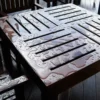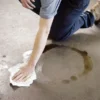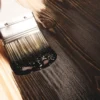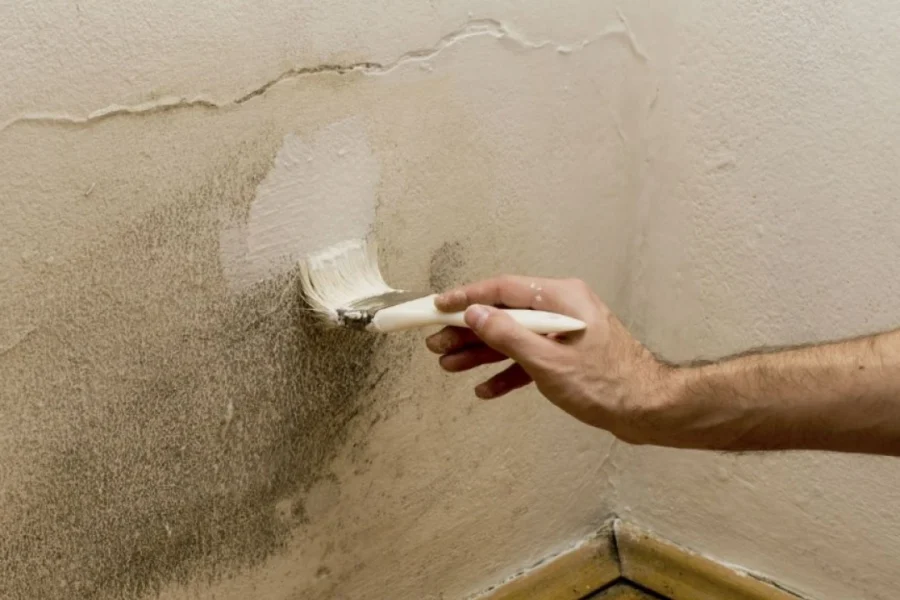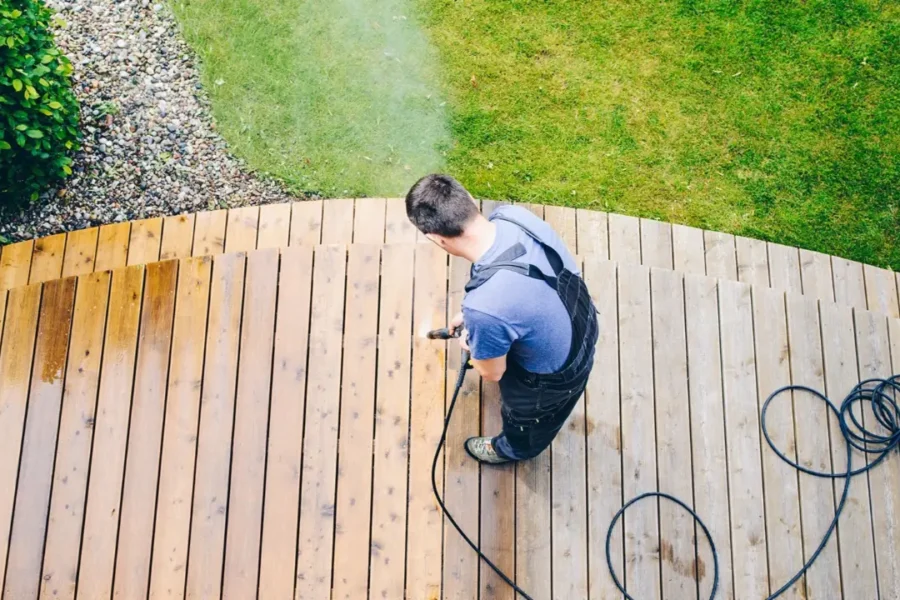Table of Contents
- Introduction
- Why Monsoon-Proofing Matters in Indian Homes
- Tip #1: Waterproof Your Walls and Roof
- Tip #2: Upgrade Flooring and Drainage
- Tip #3: Use Moisture-Resistant Wood and Plywood
- Tip #4: Seal Windows, Doors, and Ventilation Gaps
- Tip #5: Choose Anti-Skid and Easy-Clean Floor Tiles
- Shop Monsoon-Resistant Materials in Lucknow at Goel World
- Conclusion
1. Introduction
With the onset of monsoon season, Indian homes face challenges like seepage, dampness, slippery floors, and swelling woodwork. Whether you live in a bungalow or an apartment, monsoon-proofing your home is essential for safety, hygiene, and long-term maintenance.
2. Why Monsoon-Proofing Matters in Indian Homes
- Prevents mold, mildew, and wall seepage
- Reduces chances of accidents from slippery surfaces
- Protects expensive furniture, flooring, and electrical systems
- Increases the overall lifespan and durability of interiors
3. Tip #1: Waterproof Your Walls and Roof
Monsoon moisture can seep through walls and ceilings, causing paint to bubble and mold to grow. Here’s how to protect them:
- Use waterproof primers and exterior-grade paints
- Apply roof coatings and sealants before the rains begin
- Fix cracks and joints with flexible waterproof fillers
Bonus Tip: Choose WPC or PVC wall panels from Goel World—they’re waterproof and stylish.
4. Tip #2: Upgrade Flooring and Drainage
Poor drainage and low-lying tiles can cause pooling and water logging. Fix it by:
- Ensuring proper slope in flooring for water runoff
- Installing floor traps in utility areas and balconies
- Using anti-skid vitrified tiles in kitchens, balconies, and bathrooms
5. Tip #3: Use Moisture-Resistant Wood and Plywood
Swelling doors, peeling cabinets, and warped furniture are common monsoon woes. Switch to:
- BWP (Boiling Water Proof) plywood
- HDMR boards for modular kitchens and wardrobes
- WPC boards for bathroom storage and utility areas
Goel World offers a wide range of water-resistant plywood and engineered wood perfect for humid climates in Lucknow.
6. Tip #4: Seal Windows, Doors, and Ventilation Gaps
Wind-driven rain often enters through:
- Unsealed window frames
- Gaps under doors or old hinges
- Exhaust fans and bathroom vents
Use:
- Silicone sealants around window frames
- Rubber door stoppers or weather strips
- Mesh vents to block insects while allowing airflow
7. Tip #5: Choose Anti-Skid and Easy-Clean Floor Tiles
Slippery floors are a safety hazard during the rainy season. Ideal flooring options include:
- Matte-finish ceramic or vitrified tiles
- Textured tiles for bathrooms and balconies
- Non-porous granite for entrances and lobbies
At Goel World, you’ll find anti-skid tiles in Lucknow that are perfect for wet areas.
8. Shop Monsoon-Resistant Materials in Lucknow at Goel World
From BWP plywood, WPC boards, waterproof tiles, to wall sealants and adhesives, Goel World provides the best range of monsoon-proof building materials. Our expert staff can help you choose the right materials based on your home’s structure and your budget.
Visit our showrooms:
- Faizabad Road
- Sushant Golf City
9. Conclusion
Monsoons may bring joy, but they also bring damp, damage, and discomfort—unless you’re prepared. From wall treatments to flooring upgrades and moisture-resistant materials, these essential tips will help protect your Indian home. For the best monsoon-proofing materials in Lucknow, trust Goel World.

